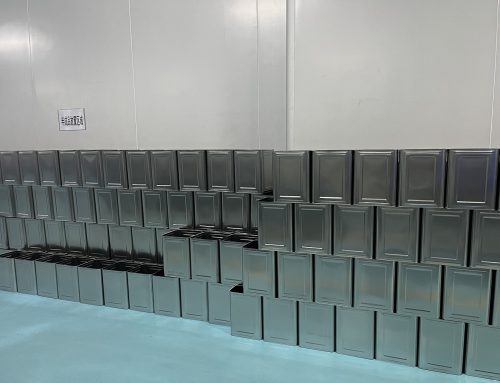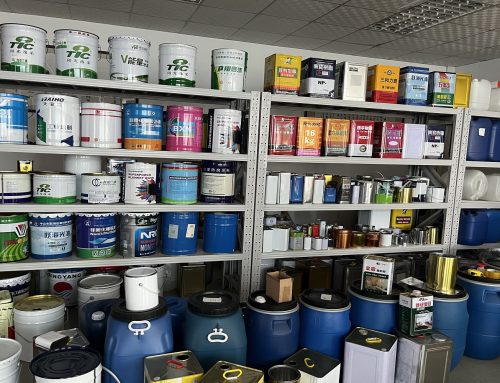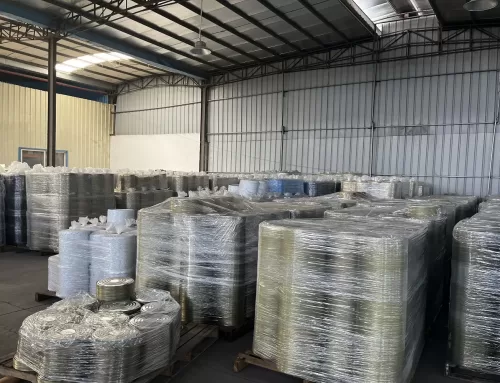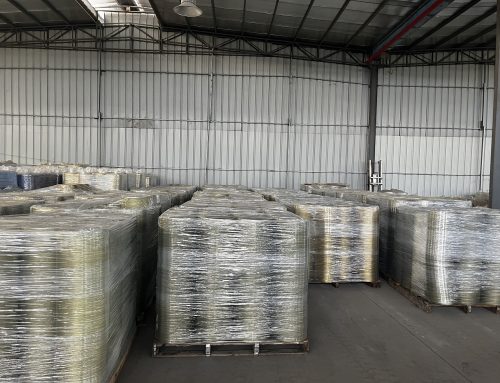Food packaging containers should be convenient, safe, low-cost, and recyclable to save resources and not pollute the environment.
Tinplate cans have the above characteristics, and the compression of the iron cans after recycling reduces the environmental pollution of canned food packaging. It can be said that iron packaging is environmentally friendly packaging and the material with the highest recycling rate in the world. Therefore, the packaging form of tinplate cans should be the most competitive in the food industry.
In Europe, the annual recycling volume of tinplate packaging exceeds 2 million tons. Belgium, the leading country in the field of tinplate packaging recycling, has reached 93%, followed by Germany, Austria, the Netherlands, Switzerland, Sweden, and Luxembourg, which have reached 70% to 80%. Norway reached the European average of 60%. Italy is 55%, Spain and Ireland are 51%, and the average level of these countries is 50%~60%.
Tinplate recycling is a contribution to usable resources
With the increase in recycling rate of tinplate packaging, the environmental benefits of the material are further improved. For example, 3 million tons of iron ore and 1.4 million tons of coal cannot produce 2 million tons of recycled steel. Therefore, saving raw materials and energy is also a contribution to usable resources.
My country’s tinplate production enterprises, can making and canning enterprises should promote the recycling of tinplate cans The Japanese Iron Packaging Recycling Committee was established by tinplate manufacturers in 1973, with a total investment of 47 million US dollars, and successfully carried out the classification and recycling of iron packaging, with a recovery rate of 90%. Many cities in our country are now carrying out graded recycling of waste. When we study the technology of three-piece tinplate food cans, we should also discuss the issue of recycling to enhance the competitiveness of the packaging form of tinplate cans in the food industry.
More: Tin Can Making Machine




